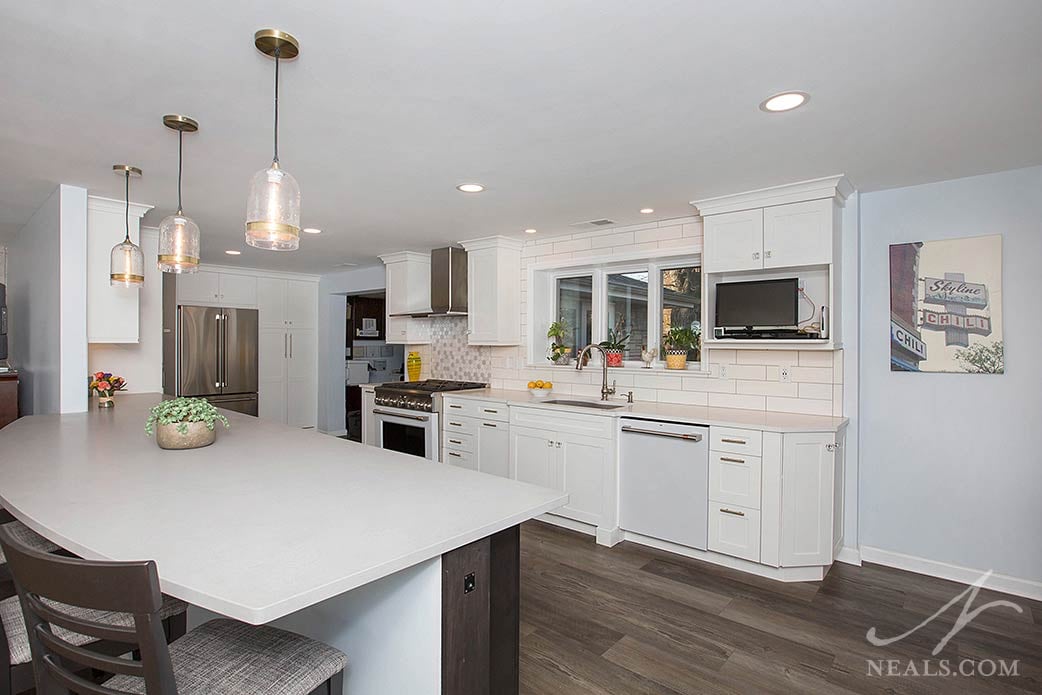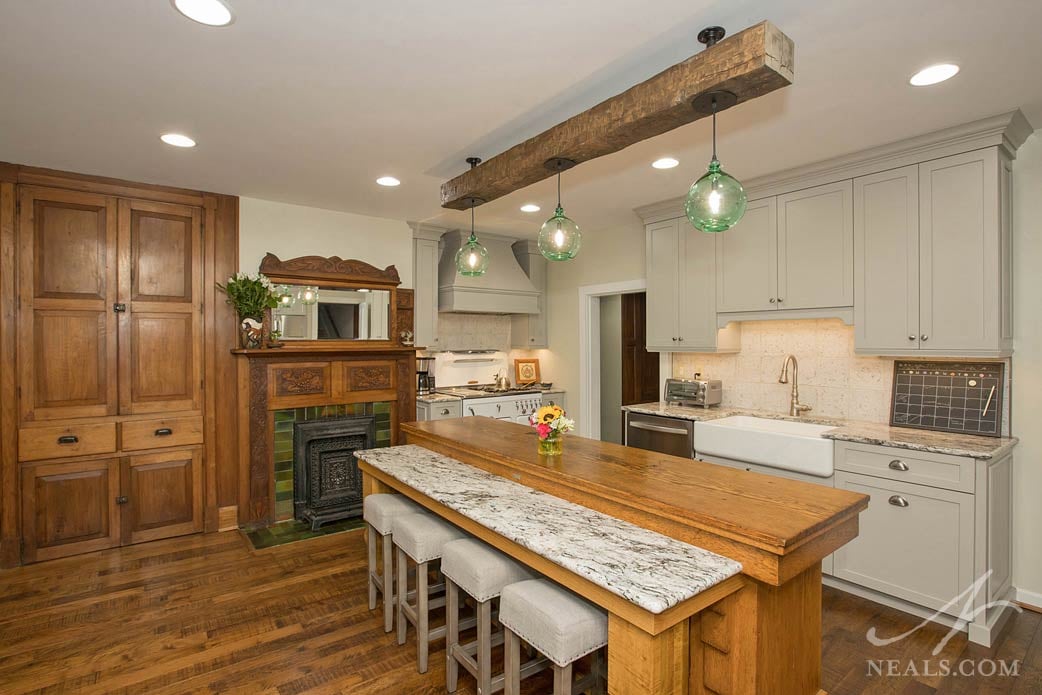Universal Design has become a standard in both home and product design. More manufacturers are giving serious thought to how their products are used in homes and who is using them. They want their products to accommodate a range of users from youngsters to the elderly. Safety is a primary consideration, and product designers are seeking better ways to prevent accidents. Universal Design is about designing spaces, products, and features that can be used by everyone and follows three guiding principles: Safety, Comfort, and Accessibility
Whether you're planning for aging in place, or you just want your home to be more accessible, universal design concepts can be applied throughout your home. To get the most out of a universal design mindset in your home, not only should you look at major considerations in the kitchen and bath, but also pay attention to the ways in which those ideas can be applied to all areas of your home.
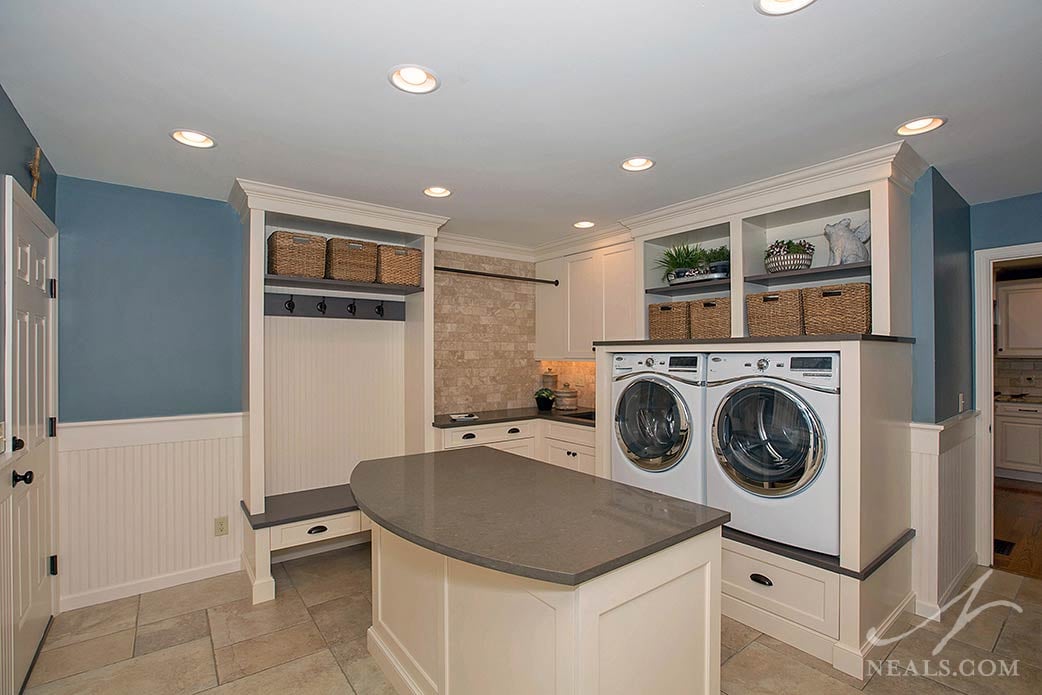
Laundry Room remodel in Sycamore Township
1. Accessible Appliances & Outlets
Most appliances that are used often in the home (in the kitchen or in the laundry room) can be situated so that they can easily be accessed from a lower position. It's also important to look for ways that make using the appliance safer, such as mounting heavy mixers on pull-out units, or limiting the need bend over to get something into or out of the appliance. Outlets are also often overlooked but are an important item in any room. In kitchens, there should be an adequate number of outlets for small appliances. Use rocker switches that are easy to operate. Illuminated switches are preferable. Kitchen areas should have ample outlets for small appliances so that items do not have to be carried far to use.
2. Plenty of Lighting
When planning your lighting, consider including a variety of lighting options, including, natural, task, and decorative lighting. Lights inside cabinets enable users to view contents more clearly. Use nightlights for safety in bedrooms, bathrooms, and hallways if needed. Push on battery-operated lights can be installed in stairways if you should lose electrical power for a period of time.
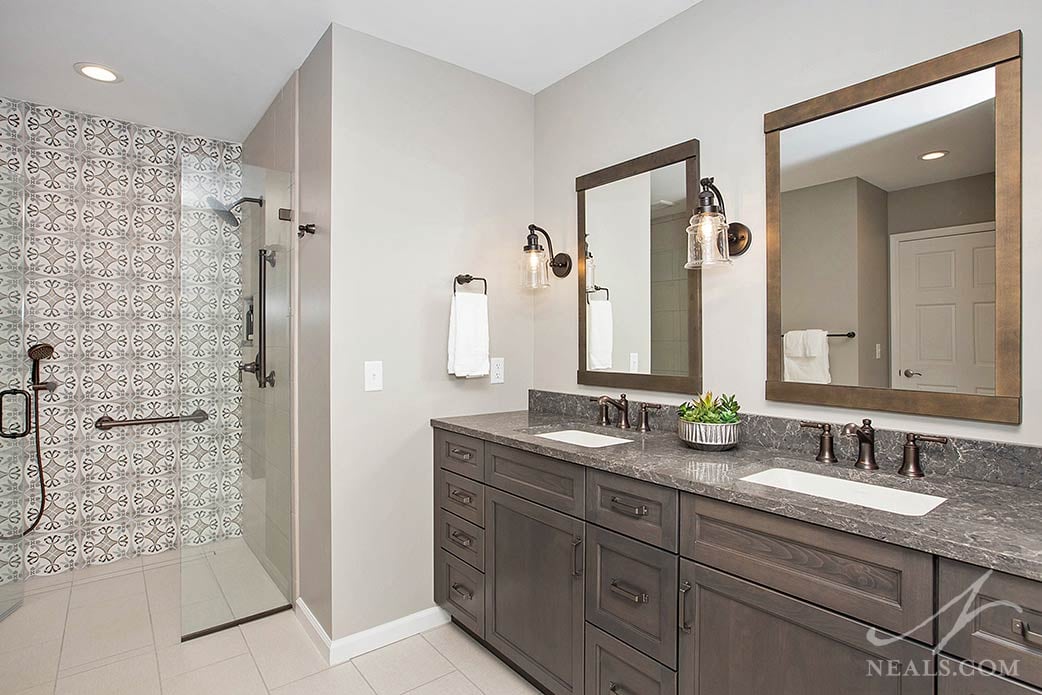
Bathroom Remodel in Indian Hill
3. Level Thresholds
There should be few threshold transitions in flooring between spaces in the home to prevent trips and falls. When flooring changes need to occur, there should be no more than a half-inch variation in height where the flooring meets in thresholds. The edges of any transitions should be beveled. The primary places these types of transitions occur are in entryways, in doorways between two rooms with different flooring, and walk-in showers.
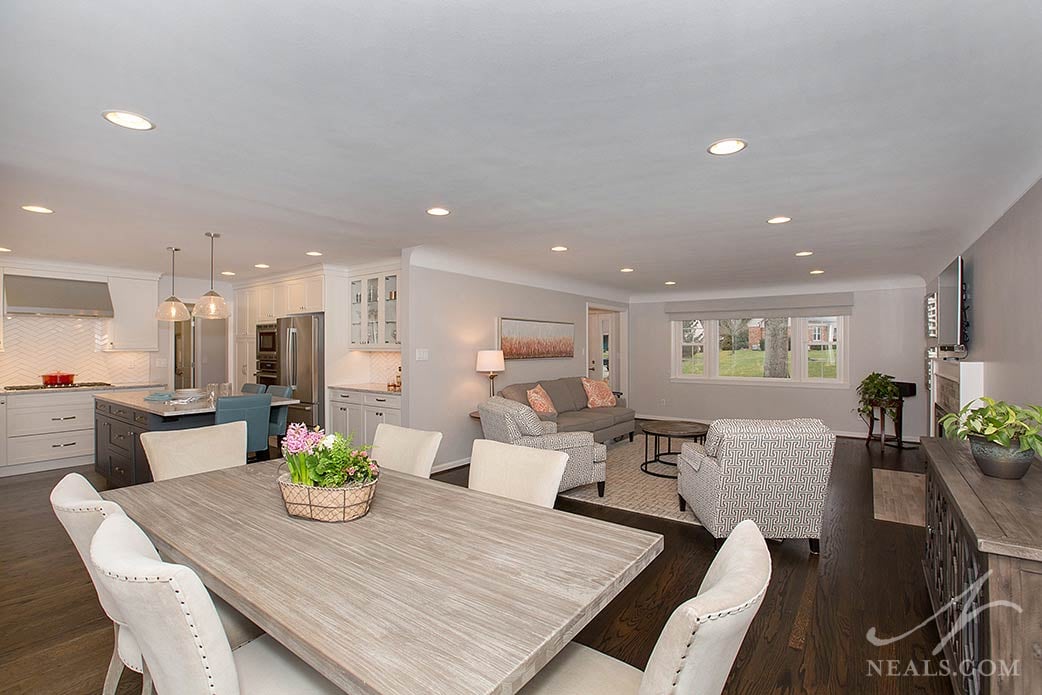 Whole Home remodel in Deer Park
Whole Home remodel in Deer Park
4. Open Floor Plans
Open floor plans or those with wider hallways and doorways can be more accommodating for a person who uses a wheelchair as well as for hosting large gatherings. Interior hallways should be at least 42-to-46 inches in width. Doorways should be a minimum of 34-to-36 inches wide. Look for ways to increase the open floor space in smaller rooms, such as bedrooms or bathrooms.

